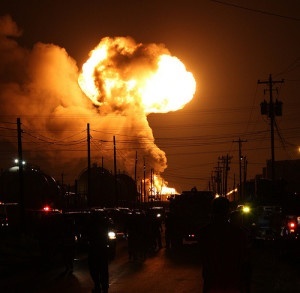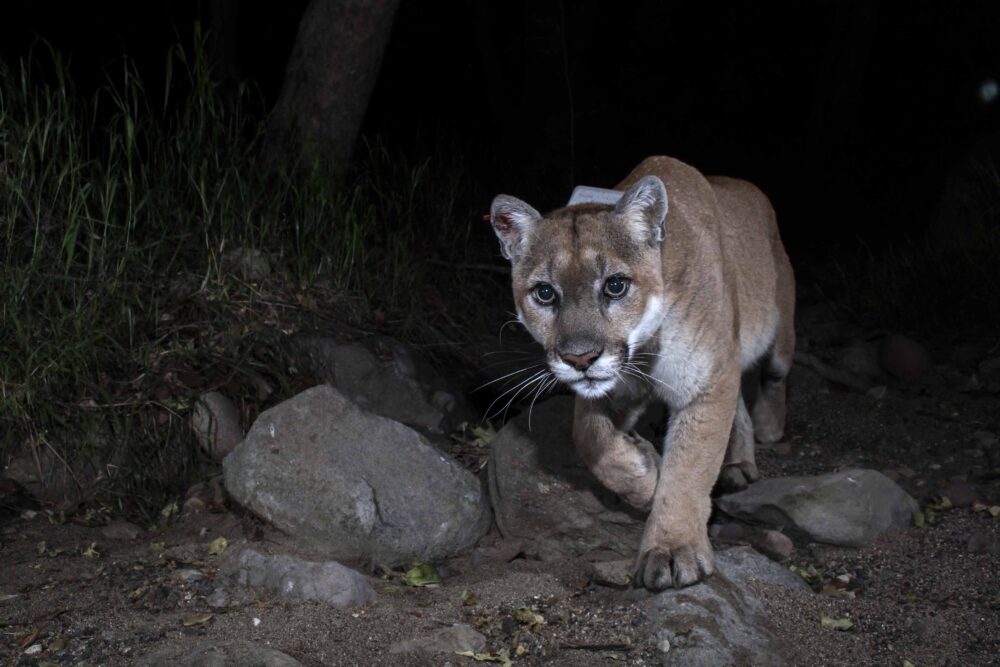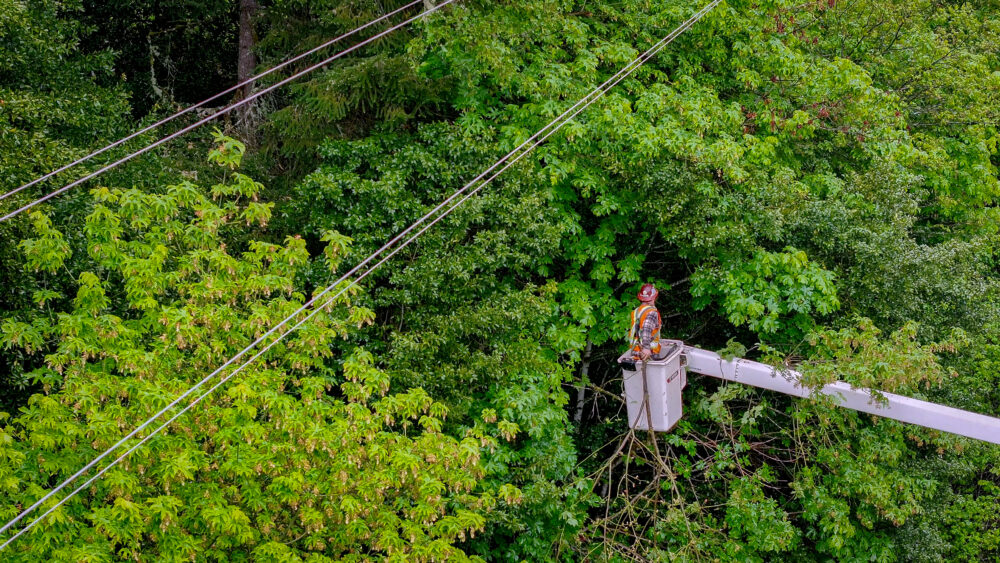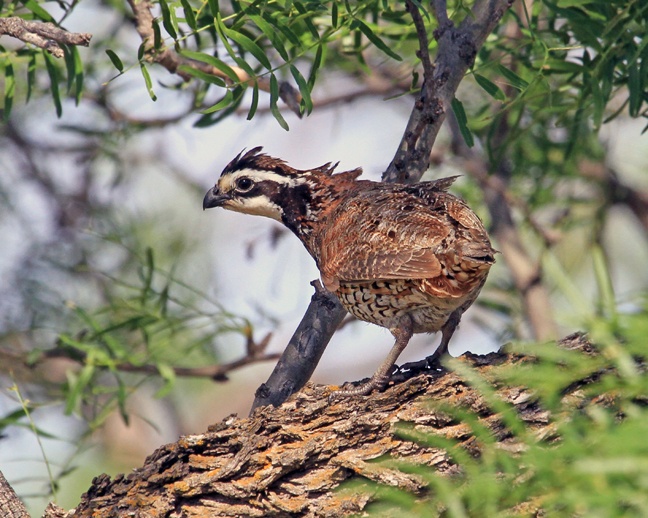We have much more to do and your continued support is needed now more than ever.
Beyond the Zombie Pipeline – What’s Next For Dirty Tar Sands?
Keystone XL—the zombie pipeline—just won’t stay dead. Only two weeks ago, President Obama gave his official (and supposedly game-ending) thumbs down, but Big Oil’s friends in Congress are working overtime to push this nightmare onto the American people. While KXL has gotten the most attention from green groups and Oilies alike, there are other major projects in the works to pump dirty tar sands into the outrageously profitable global oil market. Here’s a roundup of the big ones:

Keystone XL Gulf Coast Segment – TransCanada Corporation
No, you didn’t misread that. If KXL is the zombie pipeline, this project is the severed arm moving on its own accord. The Gulf Coast Segment would be a scaled-down section of the original KXL proposal that begins at Cushing, Oklahoma and ends at oil refineries in Port Arthur, Texas. Because it doesn’t cross an international border, TransCanada is likely to claim it doesn’t need a Presidential Permit, which would mean that Obama doesn’t get to make an executive decision on the merits of the case.
According to landowners in Texas, TransCanada is planning to start digging trenches for the pipeline through their land as early as next month, even though the company hasn’t secured the necessary state and federal permits. Considering how much heat the company has already caught for bullying landowners, you would think they learned their lesson. Apparently not.
Seaway Reversal – Enbridge Inc. and Enterprise Product Partners
Enbridge is another major North American pipeline company whose name you may have heard: they were responsible for last summer’s massive tar sands spill in Michigan’s Kalamazoo River. The Seaway pipeline is already built, and follows a path similar to the KXL Gulf Coast Segment. But right now, the oil flows north from Texas to storage tanks in Cushing, where it eventually reaches Midwestern consumers. Enbridge recently bought 50% of this pipeline and plans to reverse the flow to send oil south from Cushing to the Gulf Coast. News of the change sent a shockwave through the oil markets and increased the cost of West Texas Intermediate crude (which is the benchmark for US oil prices).
Flanagan South – Enbridge Inc.
The Flanagan South pipeline would link Cushing (and the Seaway pipeline) to Enbridge’s existing system near Chicago. The Chicago area is already home to several tar sands refineries and the industry is rolling along even in the face of public resistance.
In case you’re wondering why Cushing, Oklahoma, is so important: the town is a major oil hub supplied in part by the first Keystone tar sands pipeline, built in 2010. Oil reserves there have built up because there aren’t enough pipelines to get Cushing oil to the Gulf Coast for export, and TransCanada’s own documents make it clear why they want to build a link:
“Access to the [U.S. Gulf Coast] via the Keystone XL Pipeline is expected to strengthen Canadian crude oil pricing in PADD II [the Midwestern states] by removing this oversupply. This is expected to increase the price of heavy crude to the equivalent cost of imported crude.” (From TransCanada’s project application to the Canadian government)

Northern Gateway – Enbridge Inc.
The Northern Gateway project is Canada’s version of Keystone XL, a multi-billion dollar project that’s become a national controversy, due to Enbridge’s nasty track record and their insistence that the pipeline cut across native tribes’ land. In fact, united opposition by First Nations indigenous groups has effectively stalled out the pipeline, which would bring oil west from Alberta’s tar sands to the Pacific port of Kitimat, British Columbia. But Canadian Prime Minister Stephen Harper is a major proponent of both the Northern Gateway and Keystone XL, and has made construction a priority for his administration.
Trans Mountain Pipeline – Kinder Morgan Energy Partners
Kinder Morgan is moving forward to significantly expand its Trans Mountain Pipeline, which runs from Edmonton to Vancouver. In addition to the many dangers of tar sands mining and transport, the expansion would also triple the amount of supertanker traffic in Puget Sound, requiring port expansion and dredging which will impact local communities and wildlife. Many Big Oil insiders consider this an easier project than the Northern Gateway pipeline, despite opposition from the public and regional mayors.
Trailbreaker – Enbridge, Inc.
Trailbreaker is the Northeast’s version of the Seaway project – it would reverse the flow of existing pipelines to send tar sands oil from Ontario to Portland, Maine, via Vermont and New Hampshire. Like Keystone XL, Trailbreaker crosses an international border and would therefore likely require a Presidential permit. While this project would face stiff opposition, the fact that it could transport a quarter million barrels annually makes it worth keeping a wary eye on.
Stay Tuned…
National Wildlife Federation is committed to fighting tar sands and other dirty fuels, and we scored a big win with President Obama’s rejection of the KXL permit. But it’s clear that Big Oil will keep lurching forward with efforts to get their product overseas, so don’t throw away your shovels and baseball bats just yet.
![]() Urge President Obama to stand strong to protect wildlife against Big Oil.
Urge President Obama to stand strong to protect wildlife against Big Oil.
For more info on tar sands impacts on wildlife and human health, visit www.NWF.org/tarsands




















